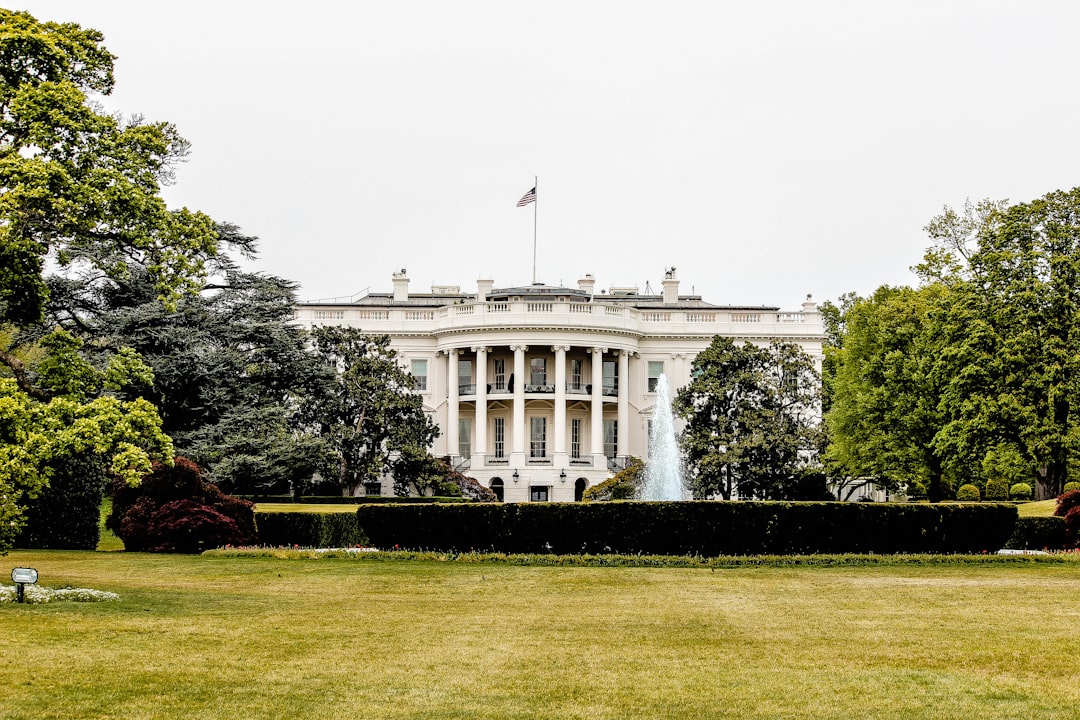No products in the cart.
The Silent Stakes of Trade: Why the White House Needs to Act
The silence from the White House on crucial trade pacts raises concerns about job security and economic growth. Here's why action is needed.
Washington, D.C. — As the clock ticks down on key international trade agreements, a curious silence emanates from the White House. With the fate of millions of jobs hanging in the balance, the absence of a clear strategy to preserve these vital pacts could resonate far beyond the halls of power.
Trade agreements, often viewed through the lens of high-stakes negotiations, are not just bureaucratic documents; they are lifelines for industries, communities, and individual workers. From the bustling factories in the Midwest to the tech hubs of silicon valley, these agreements shape the very landscape of employment and economic growth.

Yet, as discussions around these pacts lose momentum, a sense of unease grows. In the past, trade agreements like NAFTA and the recently renegotiated USMCA have been credited with fostering job creation and driving economic prosperity. However, they have also faced criticism for contributing to job losses in specific sectors. The duality of trade agreements—both a boon and a bane—underscores the necessity for thoughtful policy-making.
 Career Development
Career DevelopmentNavigating Tomorrow: Preparing Students for Jobs That Don’t Exist
As Gen AI transforms the job landscape, education must adapt to prepare students for roles that don’t yet exist. Discover…
To understand the stakes, consider the story of a manufacturing plant in Ohio. Just last year, the plant employed over 300 workers, their families relying on stable jobs to put food on the table and send kids to college. But whispers of policy shifts and trade tensions have left the workers anxious. As contracts remain unrenewed and investment wanes, the future of this plant—and the livelihoods tied to it—hangs in the balance.
Just last year, the plant employed over 300 workers, their families relying on stable jobs to put food on the table and send kids to college.
Critics argue that the current administration’s lack of urgency regarding trade agreements may stem from a desire to shift focus to domestic issues. However, neglecting international trade can have dire consequences. The interconnectedness of today’s economy means that a disruption in trade policy can reverberate through supply chains, impacting everything from raw materials to retail prices.
Moreover, the global market is evolving rapidly. Nations like China, India, and Brazil are aggressively pursuing their own trade agreements, positioning themselves to capture market share that could have gone to American businesses. If the U.S. continues to hesitate, it risks ceding ground to competitors who are more than willing to seize the opportunity.
In response to these challenges, some industry leaders are calling for a renewed focus on trade. The National Association of Manufacturers (NAM) recently highlighted the importance of trade agreements in supporting over 60 million American jobs and driving innovation across sectors. They emphasize that a proactive approach can lead to job growth and increased competitiveness on the global stage.
 Career
CareerBuilding Consumer and D2C Brands
Explore the burgeoning Direct-to-Consumer (D2C) market in India, its rapid growth, and the essential skills young professionals aged 16-35 need…
Read More →Yet, the path forward is fraught with complexities. Labor unions have raised red flags about the potential for job losses in specific industries, arguing that any new agreements must prioritize American workers. This sentiment has led to a growing demand for policies that not only protect jobs but also invest in worker retraining and upskilling. The narrative is shifting from “free trade” to “fair trade,” where the benefits are equitably distributed across the workforce.
As we stand at this crossroads, it is essential for the White House to articulate a clear vision. What are the priorities? How will they balance the need for robust trade agreements with the concerns of American workers? The answers to these questions could very well define the economic landscape for years to come.
This sentiment has led to a growing demand for policies that not only protect jobs but also invest in worker retraining and upskilling.
Looking ahead, the upcoming trade negotiations present a unique opportunity for the administration to chart a new course. By engaging with stakeholders, including businesses, labor organizations, and local communities, the White House can develop a comprehensive strategy that not only strengthens trade relations but also safeguards American jobs.
 Career Advice
Career AdviceCampus Placements vs. Direct Job Search: Which Path Wins?
Campus placements and direct job searches both offer unique advantages. Explore their differences to make informed career choices.
Read More →Trade is not merely about tariffs and agreements; it is about people. It is about the factory worker in Ohio, the tech engineer in California, and the farmer in Iowa. The decisions made in the coming months will echo through their lives and futures. As the administration contemplates its next steps, one thing is clear: silence is not an option. Action is needed, and it is needed now.











